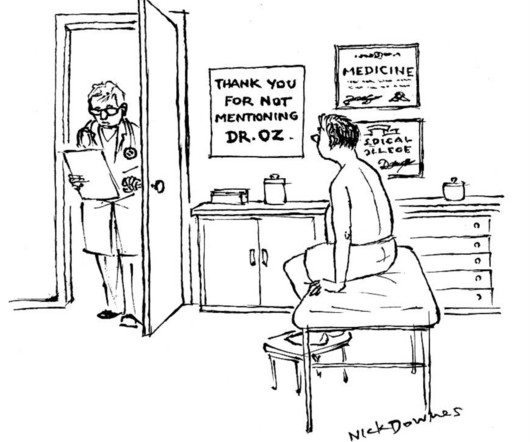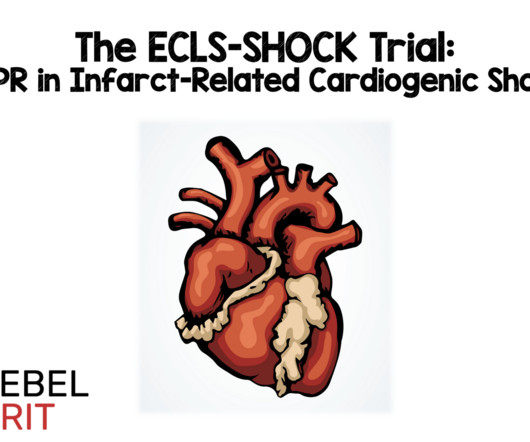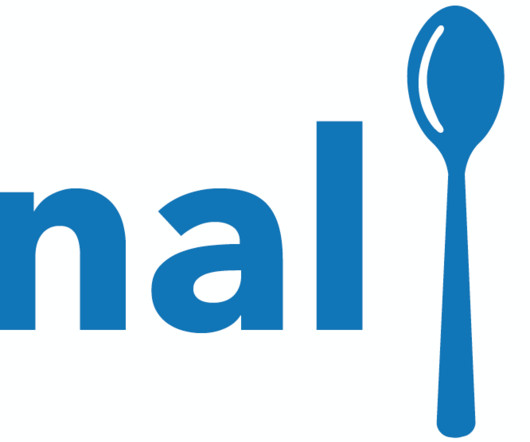ECG Blog #395 — No Simple Explanation.
Ken Grauer, MD
SEPTEMBER 15, 2023
The tracing in Figure-1 was sent to me for my interpretation. As per the title of today's Blog post — There is no simple explanation for all that is happening in this challenging tracing. Are YOU up for the challenge? I found that the most challenging part of today's tracing is determining the etiology of beat "X". As I explain below — I think it unlikely that beat "X" represents a single, slightly accelerated junctional beat.












































Let's personalize your content